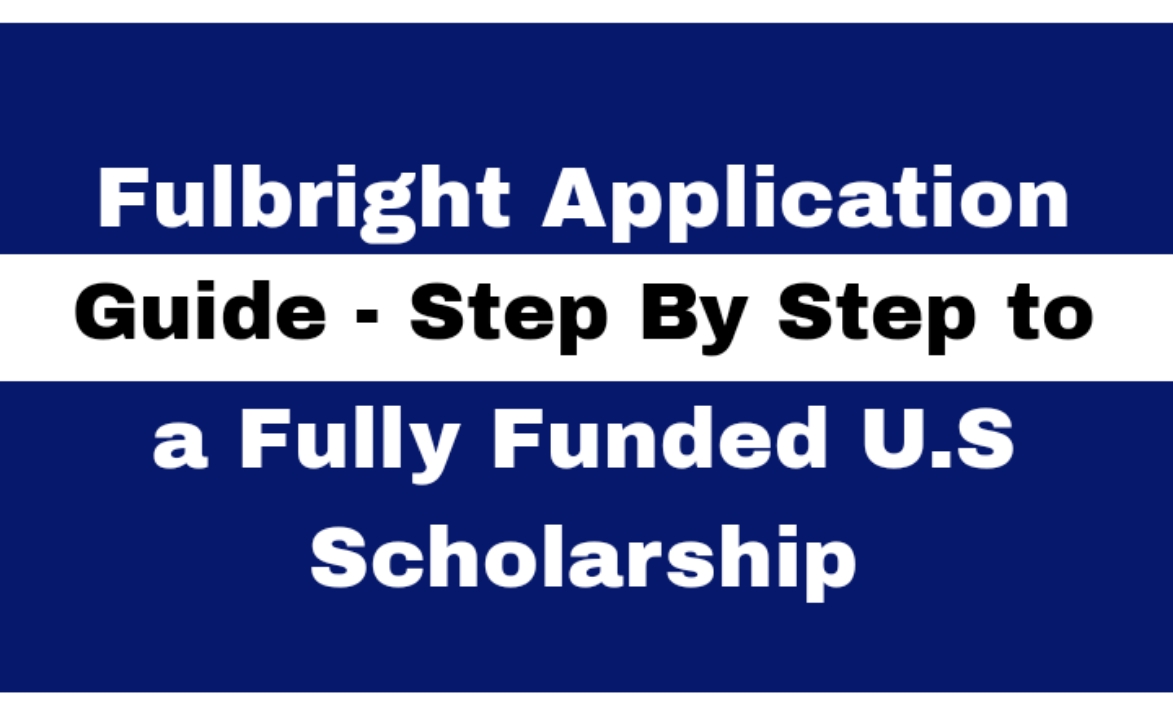This Fulbright Application Guide walks you through everything you need to apply for the U.S. government’s prestigious Foreign Student Program, offering fully funded master’s and PhD study or research opportunities at top universities in the United States.
This guide walks you through everything you need to successfully apply for the Fulbright—eligibility, documents, timeline, essays, and expert tips—so you can submit a strong application and maximize your chances.
What Is the Fulbright Foreign Student Program?
Fulbright is not just a scholarship—it is a leadership, academic, and cultural exchange program that builds mutual understanding between the United States and other countries.
What it covers:
- Full tuition and academic fees
- Monthly living stipend
- Round-trip airfare
- Health insurance
- Research and book allowances
- J-1 visa processing
- Professional development, seminars, and networking
Who Can Apply?
Each participating country has its eligibility criteria. However, applicants typically must:
- Be a citizen of a Fulbright-eligible country (check with your country’s Fulbright Commission or U.S. Embassy)
- Hold a Bachelor’s degree (for Master’s programs) or a Master’s degree (for PhD applicants)
- Demonstrate English proficiency (usually TOEFL or IELTS)
- Show strong academic merit, leadership potential, and community impact
- Plan to return to their home country after completing the program
Special priority may be given to:
- Women in underrepresented fields like STEM
- Applicants from rural or disadvantaged communities
- Refugees or displaced persons
- First-generation university students
Required Documents Checklist
Prepare these materials well in advance:
- Academic transcripts and certificates
- English language test scores (TOEFL or IELTS)
- Statement of Purpose
- Personal Statement
- Three letters of recommendation
- Resume or CV
- Portfolio (for creative/arts applicants)
- GRE scores (if required by the program or university)
Fulbright Application Timeline
| Phase | General Timeframe |
|---|---|
| Program Launch | January–March |
| Applications Open | February–May |
| National Screening | June–August |
| U.S. Final Review | September–December |
| Visa & Pre-departure | March–June (following year) |
| Program Start | August–September |
Tip: Always check your local Fulbright Commission or U.S. Embassy website for specific dates.
How to Apply—Step-by-Step
| Step | Action |
| 1 | Visit the Fulbright Commission or the U.S. Embassy website for your country |
| 2 | Review country-specific eligibility, fields of study, and deadlines |
| 3 | Register and start your online application |
| 4 | Gather and upload all required documents |
| 5 | Submit before the national deadline |
| 6 | Attend an interview (if shortlisted) |
| 7 | Await final selection and U.S. university placement |
Writing the Fulbright Essays—What to Know
You’ll typically need two main essays:
1. Statement of Purpose
Explain your academic/professional goals, what you want to study, and how it aligns with your long-term impact.
2. Personal Statement
Tell your personal story—challenges overcome, motivation, and leadership.
Essay Writing Tips:
- Avoid generic statements—be specific and authentic
- Show how your work will benefit your home country
- Emphasize cross-cultural understanding and service
- Get feedback from Fulbright alumni or mentors
Pro Tips to Increase Your Chances
- Start early: Fulbright is a multi-month application process
- Research programs: Choose U.S. universities that align with your goals
- Join webinars: Many embassies and commissions host free info sessions
- Network with alumni: Their insight can help you avoid mistakes
- Polish your application: Clear writing, complete documents, and a focused story
What Happens After Selection?
If selected:
- Your placement at a U.S. university is handled by the Institute of International Education (IIE)
- You’ll receive visa support and attend pre-departure orientations
- You’ll begin your program in August or September of the following year
FAQs—Fulbright Application Guide
Q: Do I need a university admission before applying? No. Fulbright manages the placement process after selection.
Q: Can I apply to multiple countries? No. You can only apply through your country of citizenship or permanent residence.
Q: Do I need GRE scores? Only if required by the academic field or host university.
Q: Can I reapply if rejected? Yes. Many applicants succeed on their second or third attempt.
Q: Can I apply if I already have a master’s? Yes, especially for PhD or non-degree research programs.
Final Thoughts
The Fulbright Foreign Student Program is a golden opportunity for global students seeking world-class education, cultural exchange, and leadership development. With thorough preparation, authentic storytelling, and a bold vision for impact, you can turn your dreams into a fully funded journey in the U.S.
Be bold. Think global. Apply with purpose.

